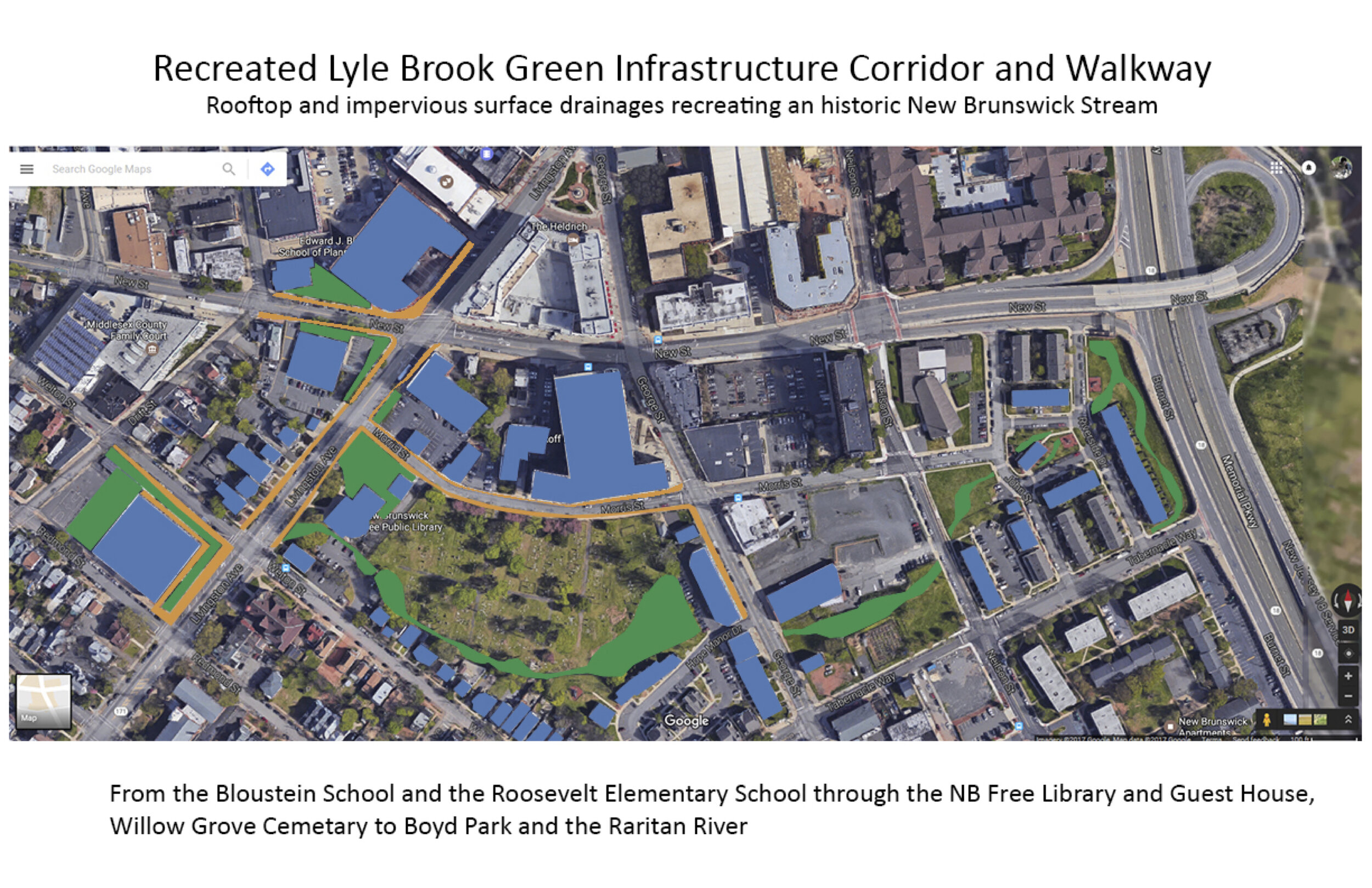The following remarks were delivered by John Keller, coLAB Arts Co Producer and Director of Education for the Rutgers Scarlet Service Internship closing reception. John was asked by the RSSI office to speak on behalf of all of the community partner organizations who host these civic engagement interns. He was introduced by Rutger University President Jonathan Halloway.
Thank you President Halloway and to the entire Rutgers Scarlet Service Internship program leadership and staff for asking me to say a few words about the importance this program has to the community partner organizations. My name is John Keller and I am the co-producer and director of education and community engagement for New Brunswick based coLAB Arts. Our mission is to engage artists, advocates, and community members to create transformative new artwork that addresses gaps in social justice.
When I was considering my remarks for today and reflecting on the time our intern Bryan Mora spent with the organization., I debated about what the focus should be. I could easily focus on all of the many and diverse tasks he accomplished over the summer. Things like helping prepare the slide decks and remarks for the public mural panel we presented at the ArtPride statewide conference in June. Or the community event management he took on like tabling at the New Brunswick Heart Festival to help recruit community members to participate in the civic documenter project. Or all of the organizing of the art supplies and materials for our Creative Cities Design Academy for New Brunswick 5th graders. Or, and perhaps most of all, doing all the online research, customer service phone calls, and paperwork required to get a refund for unused art supplies to a tricky vendor halfway across the county so we could use the saved money for an end of summer ice-cream party for the students.
That ice-cream party happened because of you Bryan.
While all of those tasks are so incredibly helpful and meaningful, tasks are only one part of the extraordinary value you all as student interns provide to our organizations.
All of the fields represented in this room are all driven by new robust and engaged thought leadership.
Your energy, your commitment, your enthusiasm, re-energizes us. Your willingness to engage in civic practice infuses juice into our organizations. We are in many ways reminded how our society is reliant on you to develop yourselves into the next generation of individuals carrying this work forward. By the culturally conscious curiosity you bring into our space, and quite frankly the desire you have to spend your summer asking us questions.
Democracies are built by artists and philosophers. Perhaps the even more direct way to say that is that communities are guided by thought leaders. Individuals who work in education, civil service, social work, planning, healthcare, politics, and about a hundred other fields. Your work this year has been part of the process of reinvigorating those fields and providing us a glimpse into the next generational perspective on our culture and our work. For that I say thank you. Thank you, especially to Bryan. Thank you for showing up on time (early most days). Thank you for being specific on your goals and needs and your interests. Thank you for saying yes to organizing shelves, spreadsheets, and event tabling. Thank you for helping to set up for community organizing meetings, for drag shows, for mural installations. But most importantly thank you for being fully present. For asking questions. For caring enough to spend your summer focused on making your work good, meaningful, and impactful.
Thank you to all of my fellow organizations for making space in your busy offices, and centers, and community spaces. Thank you to Rutgers University and to the extraordinary funders for recognizing that democracy leading institutions like this need to commit resources and expertise to truly prepare the next generation of thought leaders.
On one parting note I have to admit one failure this summer. The work that Bryan very truthfully did to get that complicated art supply return did pay for our end of summer program ice-cream social but it happened after his internship ended so Bryan didn’t get to participate in it. So I am stating here for the public record that coLAB Arts owes Bryan Mora an ice-cream cone.
Thank you.















